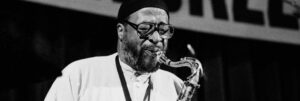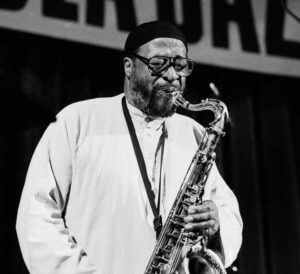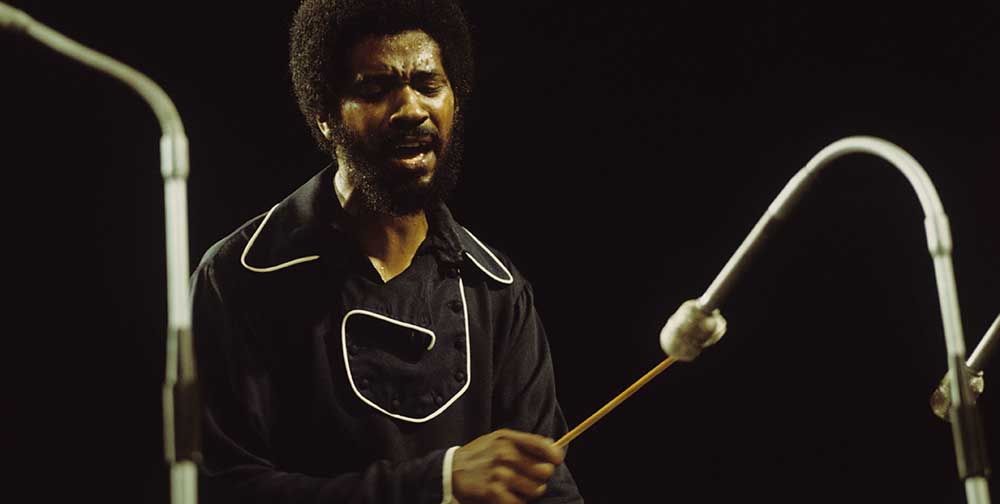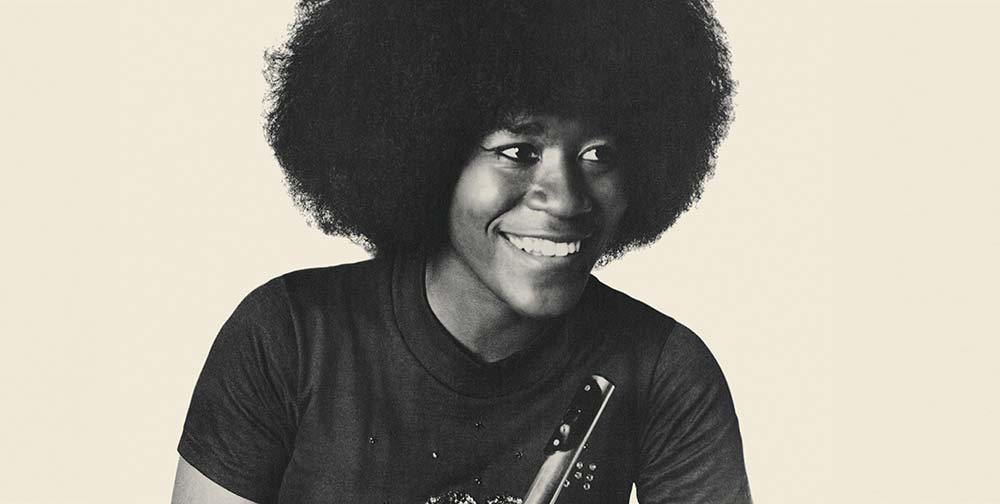“Each culture has some knowledge. That’s why I studied with Saj Dev, an Indian flute player. That’s why I studied Stockhausen’s music. The pygmies’ music of the rain forest is very rich music. So the knowledge is out there,” saxophonist, flautist, and oboist, Yusef Lateef explained in an interview with the National Endowment for the Arts in 2009. “I also believe one should seek knowledge from the cradle to the grave. With that kind of inquisitiveness, one discovers things that were unknown before.”
It was this quest for knowledge and searching beyond the parameters of Western jazz that led to Yusef Lateef’s exploration of Middle Eastern and Asian music and the reed instruments used in those cultures. It resulted in his best-known album “Eastern Sounds” recorded in 1961 at Van Gelder Studio, with fellow Detroit player Barry Harris on piano, Ernie Farrow on double bass and Lex Humphries on drums.
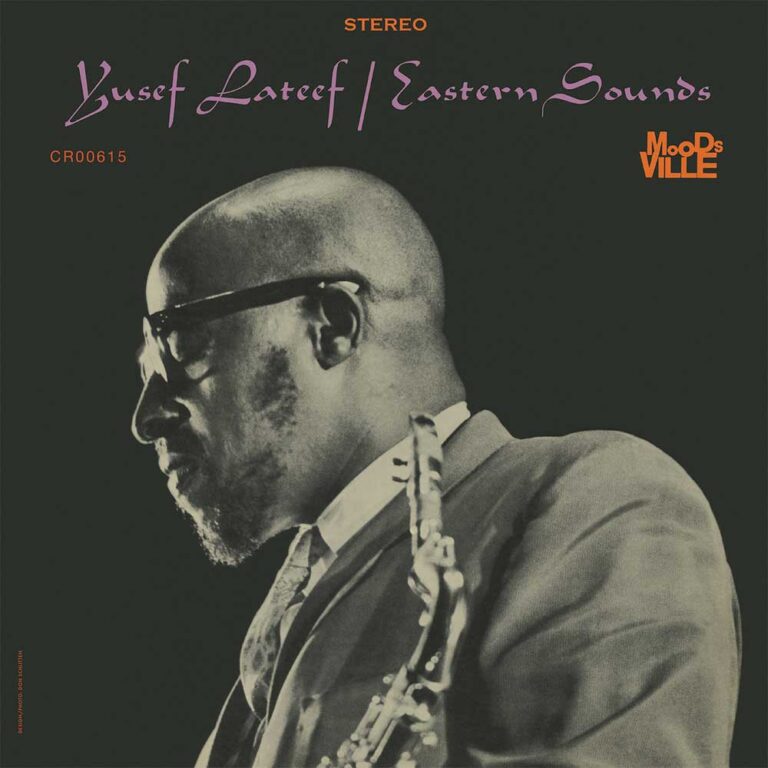
YUSEF LATEEF Eastern Sounds
Available to purchase from our US store.After studying composition and flute at Detroit’s Wayne State University in 1950 and converting to Islam, Yusef Lateef formed a quintet (Ernie Farrow, Curtis Fuller, Louis Hayes, and Hugh Lawson) with whom he began recording under his own name for Savoy Records in 1957.
That first album “Jazz Mood” was hugely prescient in the context of the non-Western scales used by John Coltrane (and Eric Dolphy) on modal numbers like “India” in 1961 and the journey east by Pharoah Sanders on “Tauhid” ten years after “Jazz Mood”. Playing the Egyptian argol [or arghul], a double piped wind instrument similar in tone to a clarinet, as well as tenor saxophone and flute, Lateef marked himself out as one of pioneers incorporating influences from non-Western music into jazz.
Naming his follow up “Prayer to the East” showed where Yusef Lateef’s music was heading on his subsequent albums of the late 1950s and into the 1960s. Through records like “Jazz And The Sounds Of Nature” and “The Centaur And The Phoenix”, he travelled between hard bop and modal jazz on tenor saxophone, flute, oboe, the arghul and other Eastern instruments such as Indian reed whistle.
Prestige president Bob Weinstock had set up the Moodsville label in 1960 with albums by Red Garland, Shirley Scott and Coleman Hawkins that focused on these players’ more meditative side. As one of the masters of mood music in jazz, Yusef Lateef was a natural fit to the label and its 22nd release would be its greatest.
Recorded at Van Gelder Studio, on September 5, 1961, “Eastern Sounds” began with a Lateef composition born from a shopping trip in New York’s Chinatown. It was there the avidly curious musician had found the xun, an ancient globular flute he’d read about in a book on Chinese music. Its five-note range and the haunting resonance of Lateef’s solo became the foundation of “Plum Blossom”, augmented by bassist Ernie Farrow’s plucked Rabat or Rubab [a Central Asian lute] and the piano of Barry Harris. The hypnotic “Ching Miau”, a modal piece played in 5/4 time by drummer Lex Humphries was also a result of Lateef’s investigations into Chinese music.
The Coltrane-leaning hard bopper “Snafu” and the smooth ballads “Don’t Blame Me” and “Purple Flower” are great platforms for the musicianship of Lateef’s quartet but it was on two versions of numbers from Hollywood soundtracks that the session will be best remembered. Composed by Alex North for the Stanley Kubrick epic of 1960, “Love Theme from Spartacus” was perhaps the greatest and most beautiful of all Lateef’s modal outings, setting his soaring yet mournful oboe over the lyrical piano of Barry Harris.
The interplay between the two Detroit musicians is no less spine tingling on the Alfred Newman composed “Love Theme from the Robe”. On it Lateef plays another of his favourite Eastern instruments, the bamboo flute, picked up nearly six decades later to great effect by Shabaka Hutchings. Of the instrument Lateef told Jazz Weekly when asked of the value of forming concepts from different cultures: “Well, the value of thinking, of original expression if you will, utilising that which is in the environment, like the bamboo flutes for example…I learned things through observation, through mental construction.”
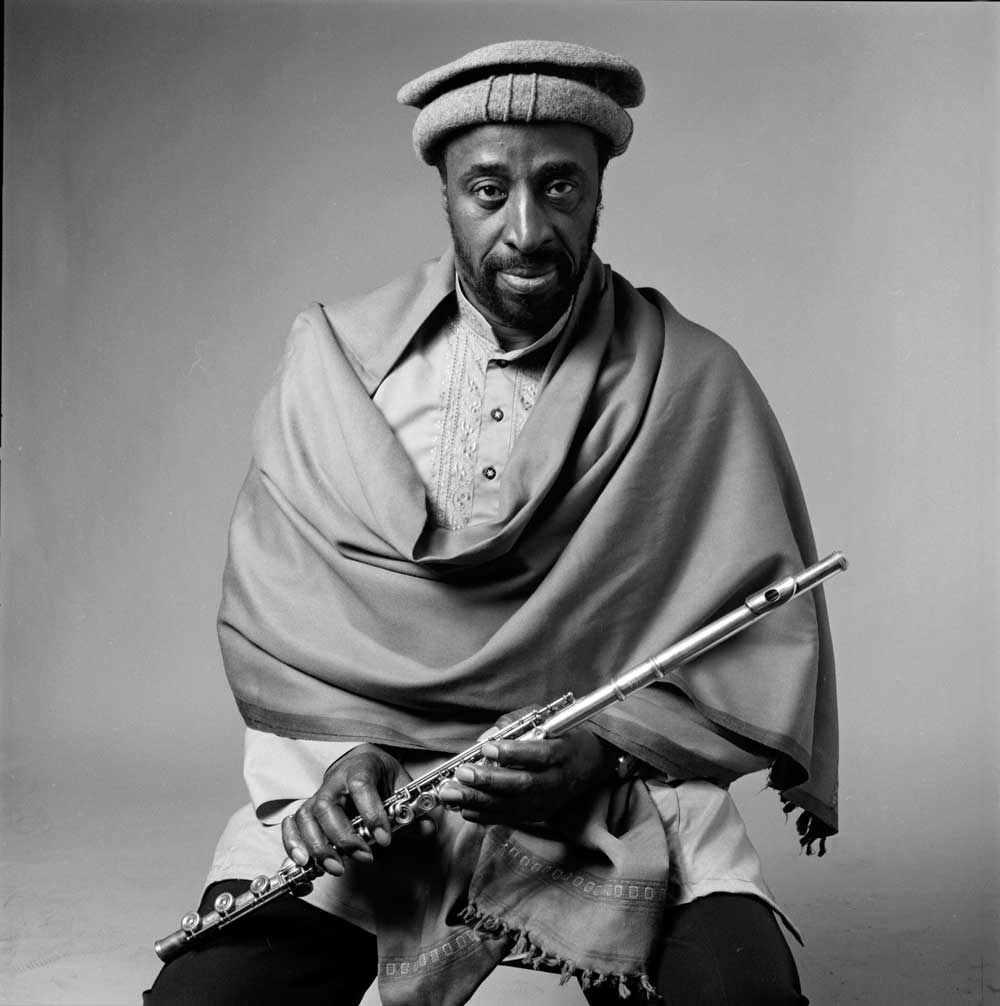
A sonic searcher and spiritual seeker, Lateef would continue to pass on what he had learned to a multitude of musicians both through his recordings and publications like Yusef Lateef’s “Flute Book of the Blues”. Drop the needle onto the 180-gram vinyl of “Eastern Sounds” for one of his milestone albums.

YUSEF LATEEF Eastern Sounds
Available to purchase from our US store.Andy Thomas is a London based writer who has contributed regularly to Straight No Chaser, Wax Poetics, We Jazz, Red Bull Music Academy, and Bandcamp Daily. He has also written liner notes for Strut, Soul Jazz and Brownswood Recordings.
Header image: Yusef Lateef performs at the North Sea Jazz Festival in the Hague, Netherlands. July 12th 1996. Photo: Frans Schellekens / Redferns.
